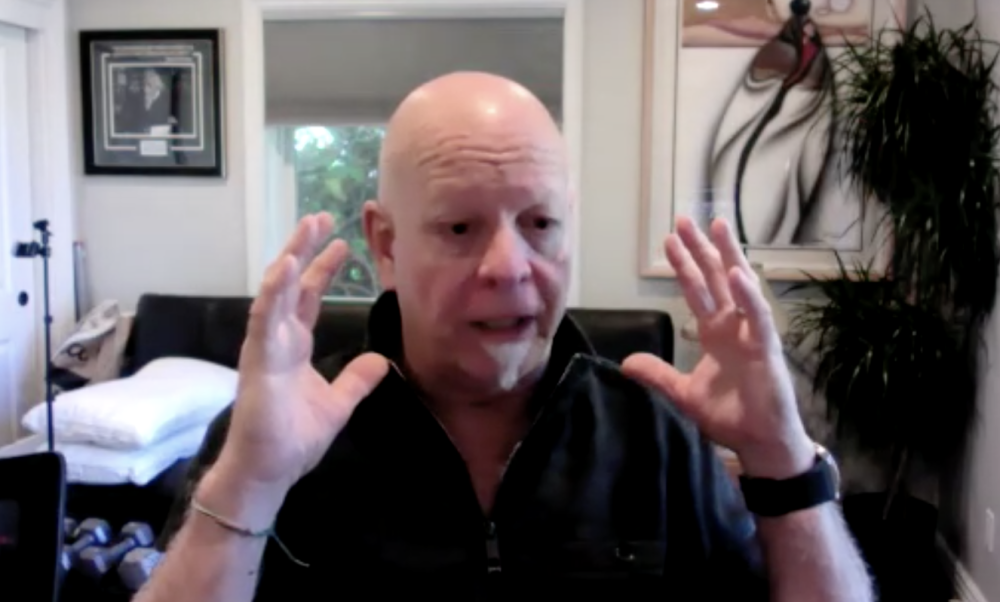“In my opinion, Ed Reed is the best safety to play the game. I tell him that to his face all the time. I truly believe it. I’ve studied him, and I’ve tried to incorporate things from his game into my game — a lot of it I’m not able to do. I learned the importance of film study from him. He is the prototype and what anyone would want at safety. People can say that you want big hits, but this game is about the ball. You can’t score without it. When you get someone back there who can get the ball, that’s what it’s all about.”
– Pittsburgh Steelers safety Troy Polamalu (Nov. 2011)
ON ANY OTHER TEAM, HE’D be the leader. In any other franchise, he’d be the one they talk about building a statue for and retiring his number when his time is through. But, in a franchise that Ray Lewis made famous, Ed Reed will always be the second-best and second-most important player from the Miami Hurricanes to wear the Ravens’ purple.
There’s a certain swagger that the ‘U’ represents for anyone that’s spent any time in Coral Gables and worked their way into the NFL through the family of ‘Canes. The dominance of that program over three decades brings attention to anyone who wears the green and orange. And for anyone who knows the legend of Luke Campbell and the infamous “30 For 30 Series” regarding “The U” there’s an inherent culture of football, winning, and boasting that goes along with a renegade image that’s not only emphasized, but embraced.
Ed Reed is complicated. And most think he likes it that way.
As much as the two will be linked, there will always be something that makes Ray Lewis feel more significant to the Ravens and Ravens fans than Ed Reed. For starters, Reed will wear another uniform in 2013 and Lewis never opted for or really had the opportunity to take that path. But Reed, working in the shadows of the vivid, public leadership of Lewis, will probably never get the credit or respect he fully deserves simply because he played alongside of a once-in-a-generation icon.
Ed is Scottie Pippen. Ray is Michael Jordan.
But for pound-for-pound excitement and impact on a game, you’d be hard pressed to find a more compelling figure other than Lewis in the entire NFL over the first decade of his career. His accomplishments at the position of safety might never be matched. And like Ray Lewis, when his time comes for the ballot to Canton and a Hall of Fame bust, Ed Reed will almost certainly be a first-year inductee, which is the highest individual honor that can be bestowed upon an NFL player.
He’s a first-ballot Hall of Famer yet he’ll always be “the other guy from Miami” who played for the Ravens and won a Super Bowl. It was easy to see the joy, relief, and energy that winning the Lombardi Trophy in his hometown of New Orleans brought to Reed in February 2013. It was an 11-year quest that was vindication for the native of St. Rose, just west of the big city along the Mississippi River.
Like many others on the Super Bowl XLVII champs, Reed fought adversity on his path from Destrahan High School in St. Charles Parish to Miami and onto Baltimore on his journey toward greatness while amassing wealth beyond his imagination.
Edward Earl Reed, Jr. was born September 11, 1978 in Jefferson, Louisiana and was always a great athlete. His dad, Ed Sr. was a welder and his mom, who worked at the local Walmart, had four other boys, and they all lived in a one-bedroom home.
By most accounts, Reed was a bit rambunctious and lacked focus in his teenage years yet teachers and coaches always saw a light in him, an ambition that needed to be ignited through his passion for sports and competition. Adults in his life tried to get Reed directed with that same competitive spirit toward learning and schoolwork so that he could escape suburban New Orleans as a big-time athlete. He told The Times-Picayune in 2002, “I was never in jail, but I did some things that probably would have put me there.” Reed has continually lauded the adults in his home community of St. Rose for looking out for him and keeping him away from street trouble. Always, it seemed, someone was trying to show him the road to education through athletics.



























